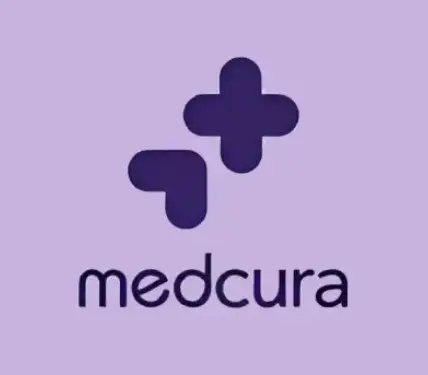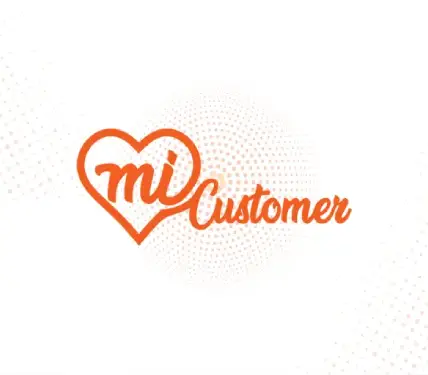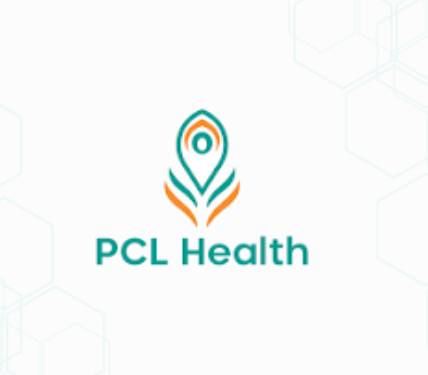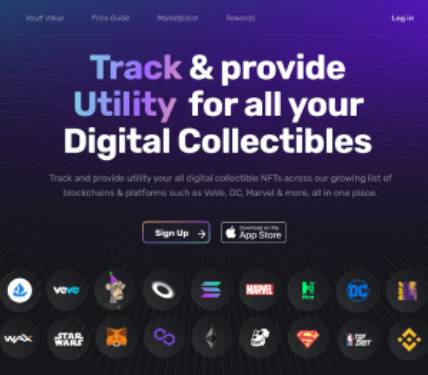Nevrio's MVP Development Service
Unlocking Your Product's Success with our Remarkable MVP Development Service
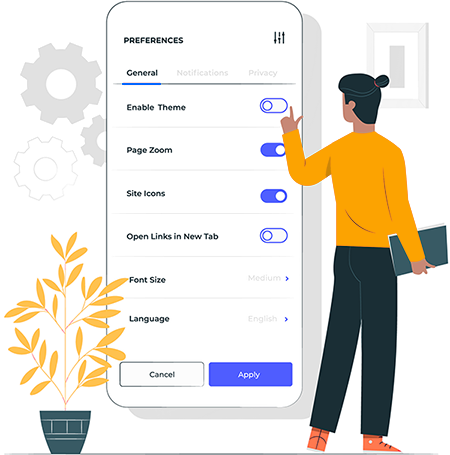
Unlocking Your Product's Success with our Remarkable MVP Development Service

Our MVP Software Development Services

Consulting
- Business vision Analysis
- Define the best suited technology and architecture
- Define a detailed strategy to develop an MVP
- Estimation of time and effort required

MVP Design
- Business vision Analysis
- Define the best suited technology and architecture
- Define a detailed strategy to develop an MVP
- Estimation of time and effort required
- UI/UX Designing and Prototyping

End-To-End Custom MVP Development
- Business vision Analysis
- Define the best suited technology and architecture
- Define a detailed strategy to develop an MVP
- Estimation of time and effort required
- UI/UX Designing and Prototyping
- Development and launching of the product
Our MVP Software Development Process

Discovery
In the Discovery phase, we conduct thorough business analysis and gather essential insights to strategically choose and rank the features for the upcoming MVP.

Design
Our team creates efficient, user-friendly, and aesthetically pleasing interfaces, while also refining the user experiences to encompass all the interactions we aim to evaluate in the MVP version of your product.

Launch
With our expertise in Minimum Viable Product development, we code swiftly and meticulously to guarantee on-time and flawless delivery.

End-To-End Custom Mvp Development
Our MVP testing involves real devices and invaluable user insights to guarantee your product's readiness for launch and expected performance.
Why choose MVP?
Minimise Spending
Faster Time to Market
Early User Feedback
Risk analysis
Market insides
First Mover Advantages
Cost Efficiency
Faster Time to Market
User Feedback
Risk Mitigation
Market Learning
Competitive Advantage
Our MVP Development Process
The secret of building a successful MVP is in development process which progresses step by step from the Discovery project to product launch.

Discovery
During the Discovery project, we perform in-depth business analysis and collect insights needed to strategically select and prioritise the features for the future MVP.

Design
We design functional, convenient and elegant interfaces and elaborate the experiences which fully cover the interactions we plan to test in the MVP version of your product.

Development
As an experienced Minimum Viable Product development company, we code fast and neatly to ensure prompt and faultless delivery.

Delivery
We test your MVP on real devices and rely on real user insights to make sure your product is ready for launch and will perform as expected.
Ready to bring your idea to life? Let's build your MVP together!
Our Projects
Lorem ipsum dolor sit amet, consectetur adipiscing elit. Ut elit tellus, luctus nec ullamcorper mattis, pulvinar dapibus leo.Lorem ipsum dolor sit amet, consectetur adipiscing elit. Ut elit tellus, luctus nec ullamcorper mattis, pulvinar dapibus leo.
Medcura
Kiosk
MDM
Pontus
PCL Health
Trove
Sentient.Me
FAQ
How do I determine the right features for my MVP?
What technologies will you use for building my MVP?
The choice of technologies for building your Minimum Viable Product (MVP) depends on various factors such as the nature of your product, your target audience, scalability requirements, and development expertise. However, for a versatile and efficient MVP, a common tech stack might include:
Backend Development:
Programming Language: Python, Node.js, or Ruby.
Framework: Flask or Django for Python, Express.js for Node.js, or Ruby on Rails.
Database: PostgreSQL or MongoDB.
Frontend Development:
JavaScript Framework/Library: React.js or Vue.js for interactive user interfaces.
Styling: CSS frameworks like Bootstrap or Tailwind CSS.
State Management: Redux for React.js or Vuex for Vue.js.
Database:
Relational Database Management System (RDBMS): PostgreSQL or MySQL.
NoSQL Database: MongoDB for flexibility with unstructured data.
Cloud Services:
Hosting: AWS, Google Cloud Platform, or Microsoft Azure.
Serverless Computing: AWS Lambda or Google Cloud Functions.
Version Control:
Git: For version control and collaborative development.
Containerization and Orchestration:
Docker: For containerization.
Kubernetes: For container orchestration.
Authentication and Authorization:
JWT (JSON Web Tokens): Secure user authentication.
Testing:
Testing Frameworks: Jest for JavaScript, PyTest for Python.
Automation: Selenium for end-to-end testing.
Remember, this is a general suggestion, and the specific technologies may vary based on your project’s unique requirements and your team’s expertise. It’s crucial to collaborate closely with your development team to choose the most suitable tech stack for your MVP.


